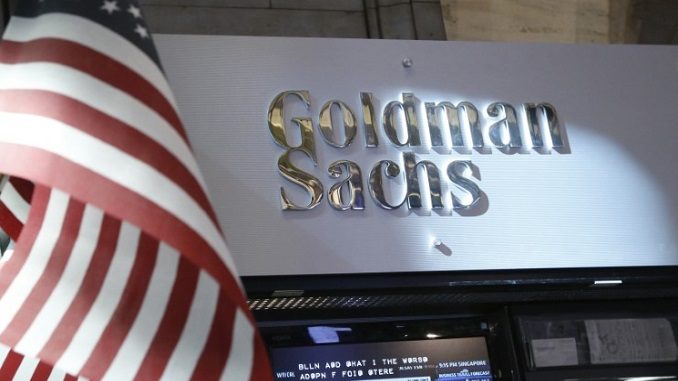
The mammoth bond market has long been the old-school bastion of the financial world, but the COVID-19 pandemic has cast a light on its future – and it looks electronic, Reuters reported.
At the height of the market panic in March, Seattle-based Brandon Rasmussen, a senior fixed-income trader at $300 billion asset manager Russell Investments, had a client order to sell $2.5 billion worth of U.S. Treasuries.
He found, though, that such a transaction was near-impossible in a highly volatile market that made no exceptions for even one of the world’s most sought-after assets.
Dealers refused to quote prices by phone, adding to the stress of executing a large order without distorting the market.
The solution Rasmussen eventually settled on was to break the order up into smaller chunks and process them electronically – something he may not have considered a few weeks earlier.
“The feedback that we got from dealers was that they were not quoting on the phone. They couldn’t do that, they couldn’t keep up with that,” he said. “I think what this crisis has shown is that really if you weren’t trading electronically, you should be trading electronically.”
That trend is reflected in the business on electronic bond-trading platforms.
For example MarketAxess, one of the biggest players, enjoyed record trading volumes in March. At rival Tradeweb, average daily turnover hit a record aggregate $1 trillion in that month, a more than 41% year-on-year increase.
Meanwhile MTS, part of the London Stock Exchange Group, said it won several large asset managers in Europe as clients during the crisis.
Yet traders stress that dealers and clients speaking to one another will long remain a key component of the industry, especially at times of heightened volatility.
Even as Rasmussen went electronic to push through his trade, for example, he was also talking to buyers to agree “switches” – swapping one type of U.S. bond for another to share risk.
The jump in electronic trading activity coincided with both a rush into government bonds as the coronavirus sparked demand for safe-haven assets, and then a sharp selloff as investors sold their most liquid assets to make up for losses elsewhere.
Electronic trading – where transactions are carried out using software on online platforms, rather than via dealer-client “voice” trades – can carry major benefits for the $100 trillion-plus world of government and corporate debt.
Regulations such as MiFID II in Europe to improve transparency have also boosted electronic trading.
For one, traders executing deals can quickly gauge market depth on their screens, freeing time for more complex trades. For another, it offers lower costs for investors; two dealers estimated it to be 10%-30% cheaper than traditional voice trades.
Nonetheless, while most bond industry players acknowledge that much of the future is digital, many have been reluctant to go fully electronic.
Around 45% of the European fixed-income market is electronically traded, versus 38% a year ago, consultancy Greenwich Associates estimates. In the $6.6 trillion-a-day currency market, 90% of spot trading is conducted digitally.
For the banks who provide dealer and execution services, though, the electronic shift may be eating into fixed-income revenues; during the March quarter, earnings from bond trading at the world’s biggest 12 banks remained below levels seen in 2014, research firm Coalition calculates.
But they too are accelerating the push to digital services, particularly for the automation that helps them when volatility spikes.
JP Morgan, for instance, uses an algorithm to help generate price quotes on its forward FX platform, which includes bonds, fielding “hundreds of thousands of enquiries” and transacting “thousands of trades a day” during the crisis, said Tom Prickett, co-head of EMEA rates at the bank.
Another big player, Goldman Sachs, said clients ramped up calls for the electronification and automation of companies’ bond sales, until now a slow process conducted manually.
“The crisis revealed some of those shortcomings in bright lights,” said David Wilkins, Goldman’s head of FICC execution services in EMEA.
Investors and traders acknowledged that digital technology had been a saviour during the pandemic, a view expressed across a host of industries.
“Imagine something like this happening 25 years ago, when emails didn’t exist, electronic communication was not really there,” said Zoeb Sachee, head of euro linear rates trading at Citibank who oversees government bond trading in European markets.

Be the first to comment